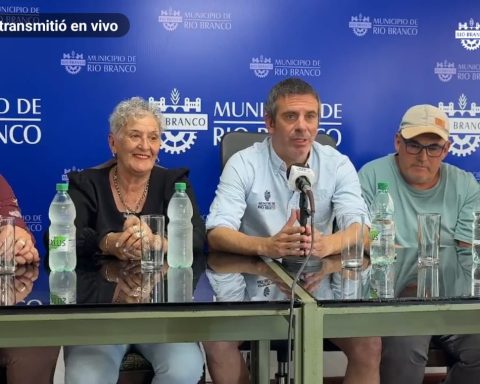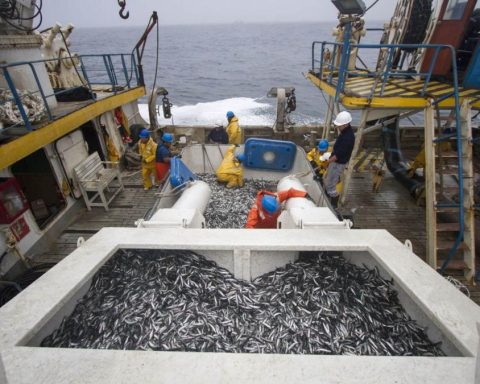The central bank (BCU) ordered an increase in the capital buffer that banks must have to face possible changes in the cycle. Starting in January 2024, the countercyclical capital buffer will be 0.5% of credit risk-weighted assets.
At the beginning of December of last year, the BCU published a methodological note for the implementation of the countercyclical capital buffer (CCC) in Uruguay. The document explained that after the international crisis of 2008 one of the factors mentioned as highly destabilizing the economy was the spread of shocks of a financial nature from the banking sector to financial markets and the real economy, amplifying their impact.
The crisis, he added, also revealed the procyclicality of the capital requirement for credit risk, which encouraged the introduction of new macroprudential tools with a countercyclical approach.
He explained that within the framework of the standard for bank capital requirement known as Basel III A series of elements were introduced that would operate countercyclically, among which the capital buffer stands out. This capital is required in periods in which there is economic and credit growth, a stage in which risks are generated, to release it in the low phase of the cycle when losses materialize.
The BCU identified What are the objectives of this capital cushion in Uruguay?.
On the one hand, absorb losses from banks in the low phase of the cycle through a capital cushion that is built in the up phase. On the other, contribute toreduce the impact of bank losses on credit in the downturn, mitigating their spread to the real sector and its amplification when the impact feeds back into the financial sector itself.
These two objectives are ultimately indistinguishable, since the absorption of losses through the countercyclical buffer is what makes it possible to mitigate the reduction in bank credit.
In a report dated December 30, in which it supported the increase in the capital buffer to 0.5%, the BCU pointed out that the increased clock of the cycle indicates that the economy is in the recovery phase and that it has consolidated in the growth of exports and investment. In contrast, he said, in 2022 the labor market did not follow this dynamic and rising interest rates and weak US and European economies, and the international geopolitical situation, imply downward risks for the economy in the medium term. He added that, on the other hand, the increase in credit both in dollars and in pesos has accompanied the recovery of the economy, and in a way that has compensated for the evolution of the Gross Domestic Product (GDP).
The BCU maintained that the components included in the methodology suggest that funds should be required by the CCC, which is why it is set at 0.5% as of January 2024, above the 0.25% that should apply as of January 2024. July of this year.
The ex-intendent of Financial Regulation of the BCU, jose licandro, referred to the capital cushion. On his Twitter account, he published this Thursday that the CCC is one of the pillars of the financial reforms after the 2008 financial crisis and that he knows as Basel III.
He expressed that his objective is for banks during the years of high growth to “accumulate additional capital, since it is well proven that in these circumstances it is when they give credits that will later be difficult to collect, which may jeopardize their solvency in the future.”
Finally, he wrote that “a phase of high growth with optimistic business expectations sets the probability that banks will give credits evaluated as good, but that when the cycle changes phase they have a high probability of being uncollectible.”

















